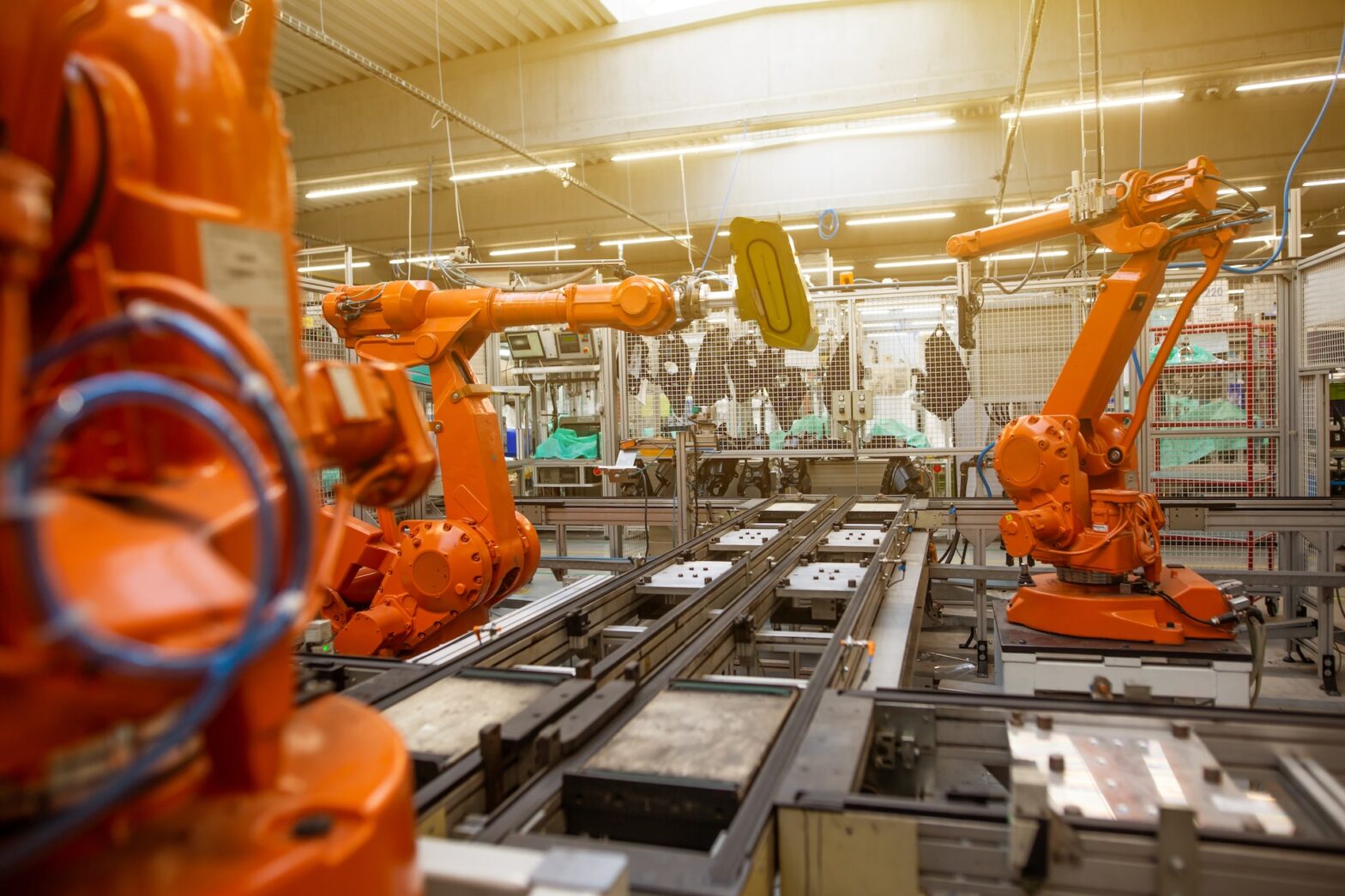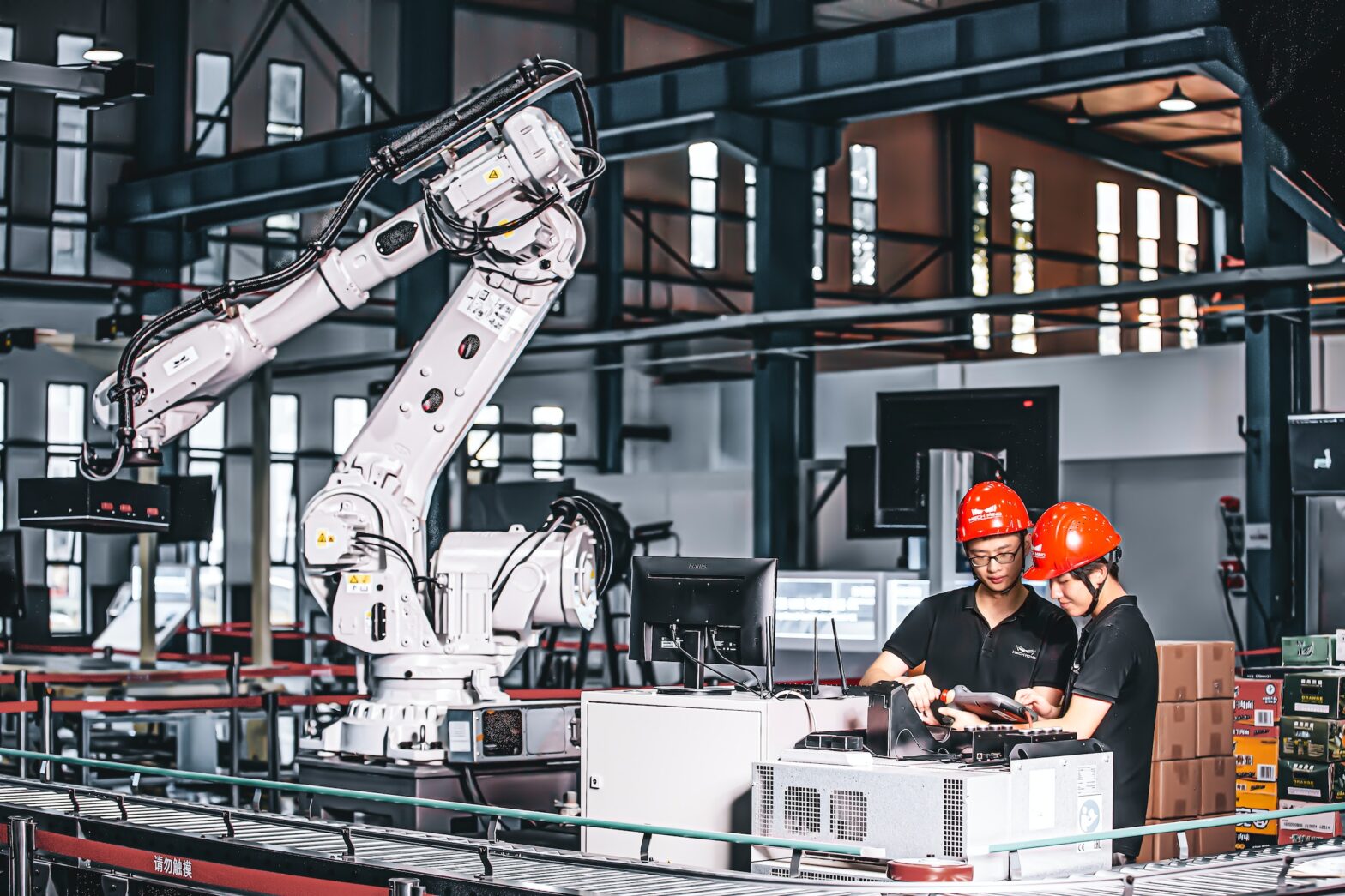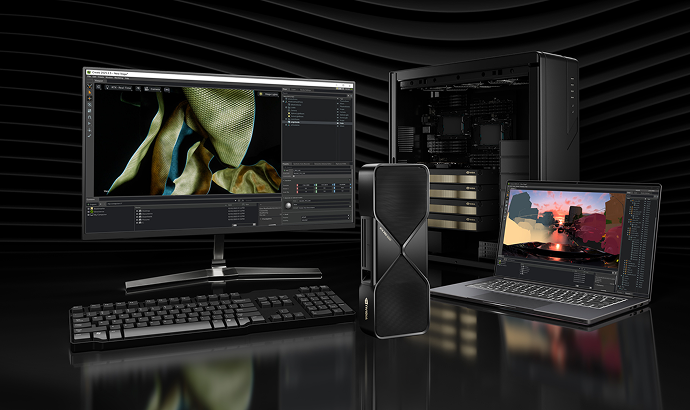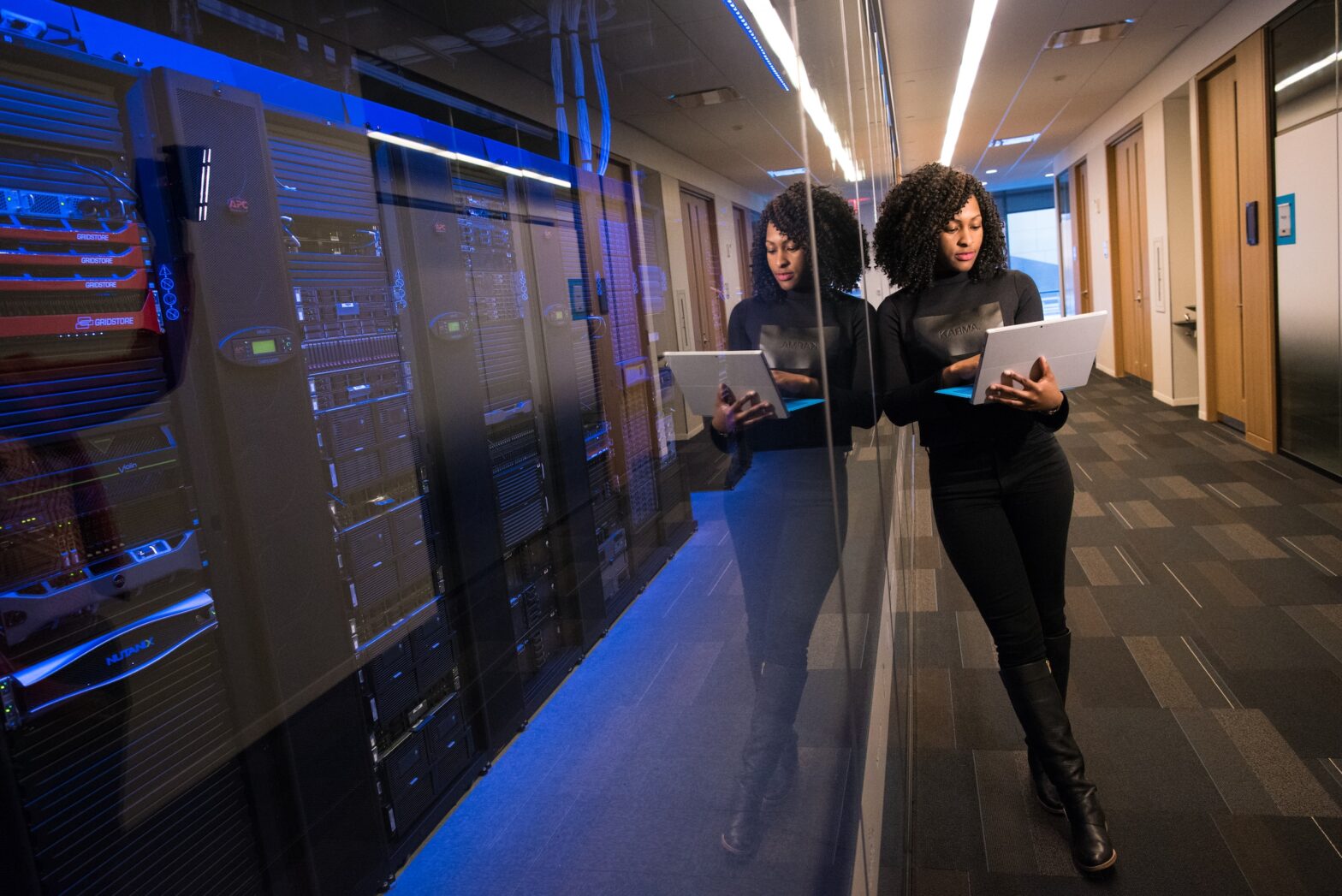
Edge Intelligence: Converging Edge Computing, IoT, and AI
Explore edge intelligence; discover its benefits and challenges, and learn how to incorporate it in your business.
7 minute read
•Manufacturing



Explore edge intelligence; discover its benefits and challenges, and learn how to incorporate it in your business.
7 minute read
•Manufacturing

5G and edge computing are no longer simply technology trends. They have the potential to revolutionize the way businesses operate.
8 minute read
•Manufacturing
We are writing frequenly. Don’t miss that.